Sailing and Head Injuries
Published on March 9th, 2016
Dr. Rick Sullivan, a US Sailing Judge and Umpire, is looking at whether sailors are safe from head injuries. Here is an update…
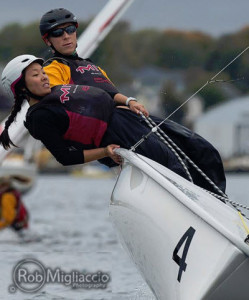 Since my report – Helmets and Sailing: Is It Time? – was published in August 2015, a flurry of both positive and negative comments have increased my interest in the use of helmets when sailing.
Since my report – Helmets and Sailing: Is It Time? – was published in August 2015, a flurry of both positive and negative comments have increased my interest in the use of helmets when sailing.
I felt the college sailors would be the best group to look at for starters as they represent a homogeneous group, who sail similar boats, are experienced, and have a relatively controlled environment with supervision by individuals who have spent most of their life in the sport.
Late last fall I sent out a survey to most of the college coaches in the USA, and within 24 hours, I received 31 responses confirming my suspicion that there was an interest in the subject. The majority of the responses came from the New England and Mid-Atlantic region but the Southwest, Florida and Hawaii chimed in with their responses as well.
The initial analysis of the data represents 31 college programs with a total of 916 sailors sailing an average of 13 hours a week for 26 weeks – a total of 368,256 hours of sailing in a variety of conditions mostly on inland lakes and bays. One school (MIT) has all of their sailors wear helmets and 66 other individuals wear helmets, many due to previous injuries.
A total of 38 head injuries were reported which represents 1 in 24 or 4% of the sailors or 1 injury for every 9600 hours sailed. EMS transported 5 individuals to a medical facility and 64 other individuals sought medical evaluation, either by a health care provider or the trainer at the college.
Injuries occurred most commonly while racing and in between races; in addition injuries occurred while sailing to and from the race course and while rigging the boats. Although injuries occurred more commonly when wind conditions were above 15 knots, a few occurred in light air conditions when an individual was caught off guard by an unexpected jibe or while aggressively rolling. 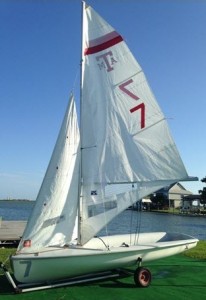 Although most injuries were caused by boom contact, getting hit by a knot in a line or contact with the hull while capsizing caused injuries as well.
Although most injuries were caused by boom contact, getting hit by a knot in a line or contact with the hull while capsizing caused injuries as well.
Some schools now use booms constructed from lighter materials and have found this helpful, while others have raised the boom by 2-3 inches. At Texas A&M University at Galveston, they raised the boom two feet and redesigned the sail to maintain performance. Since doing so, they have experienced no head injuries. MIT, since requiring all sailors to wear helmets, have had no further.
Most all coaches will agree that the most important aspect to prevent injuries of all kinds is situational awareness, to know where the boom is, pay attention to the shifts and other boats on the course and skippers communicating with their crew on a regular basis.
My next step is to look at junior sail programs with younger less experienced individuals as well as evaluating the water sports helmets used to determine if there is evidence that they make a difference.
If you run a junior sail program and would like to participate in this survey…click here.


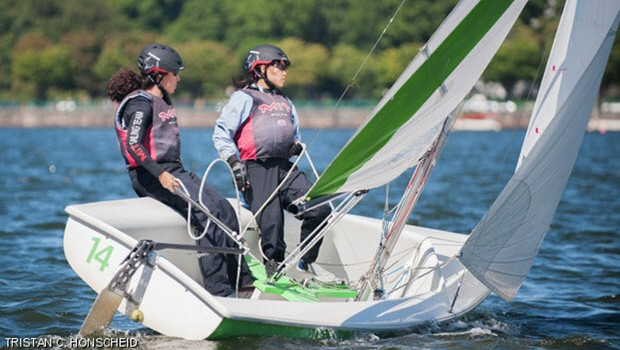

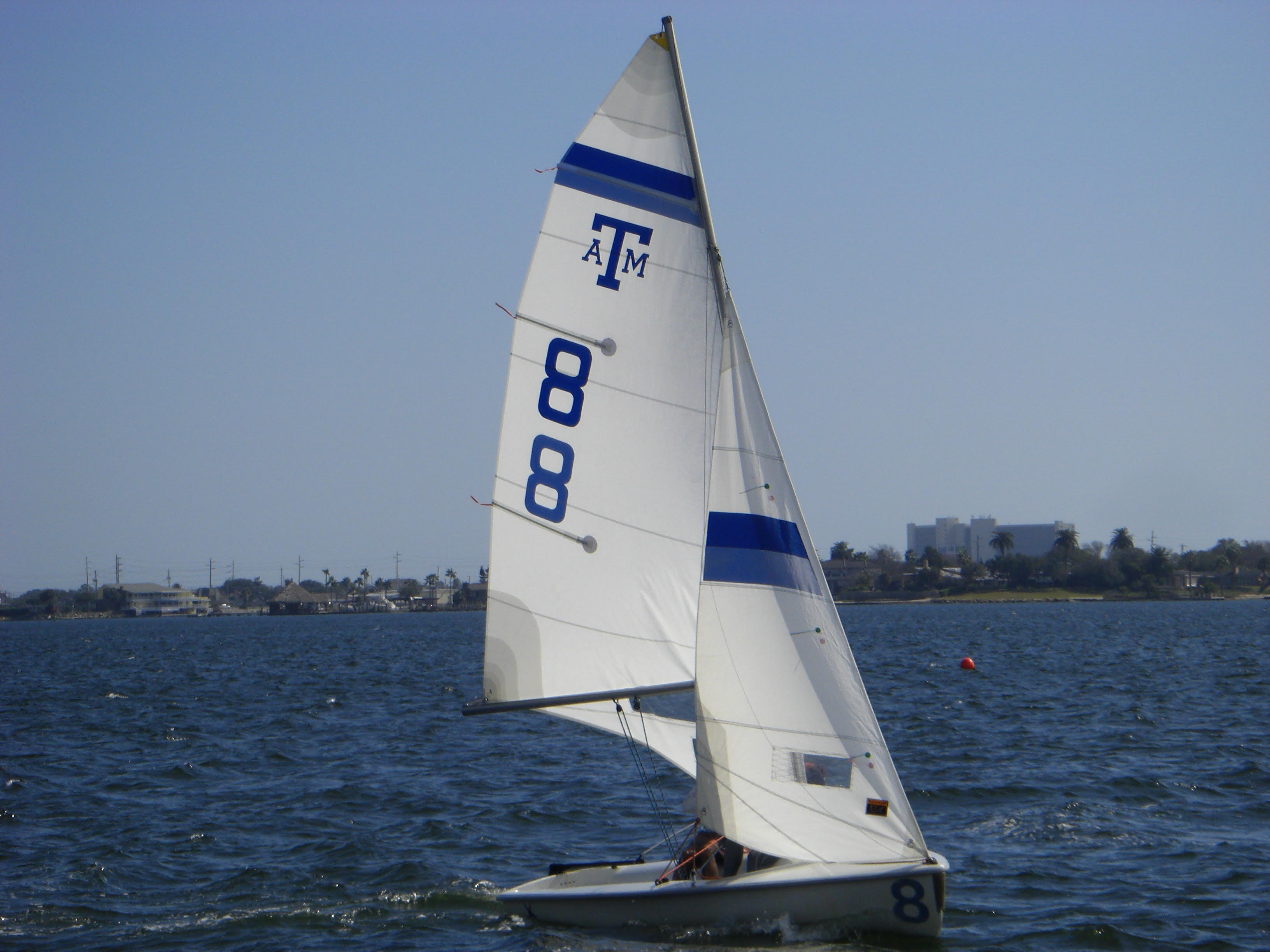




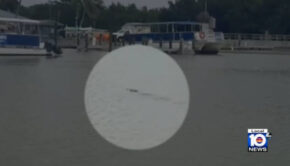
 We’ll keep your information safe.
We’ll keep your information safe.